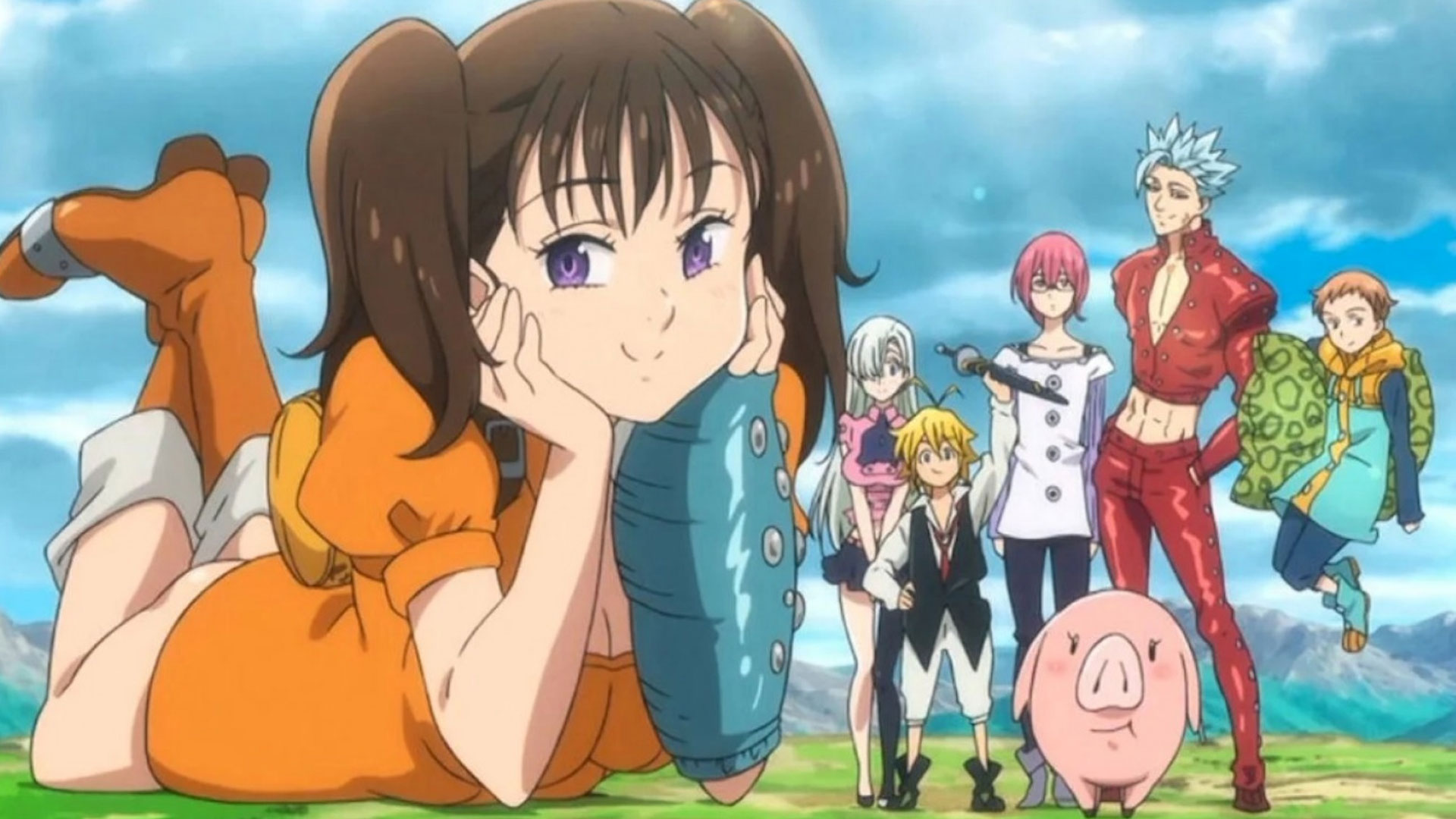By the way, a sequel is airing right now, yet still no one cares.
Summary:
- The Seven Deadly Sins was one of the most popular battle shounen series of the mid 2010s, but it is hardly mentioned anymore.
- The last arcs of the manga were criticized, and the anime seasons that adapted it were very lacking in animation, which further alienated the audience.
- To some otaku, the amount of fanservice in the series was also a problem.
The Seven Deadly Sins (Nanatsu no Taizai) went a long way since it originally aired. The catch? The way it went wasn’t exactly what fans wanted from it. Once a beloved shounen series that was thought to become a classic in the long run, it’s now practically forgotten.
There’s a sequel airing right now, but hardly anyone even knows about it — and even less people are talking about it. What exactly happened that the series that was once incredibly popular is now getting nearly zero traction even within its own fandom?
The answer to the question is actually complicated. There were a lot of things that made fans of The Seven Deadly Sins unhappy — both in the manga and the anime. All of that accumulated over the years and contributed to the series’ downfall.
The ending of the manga was criticized by many
.jpg)
The last arcs of the manga were received very poorly. Fans often cited a difference in tone between earlier and later parts of the series, as well as lacking characterization at the end of the manga. To many, it felt like an originally light-hearted series had become too serious for its own good.
The sequel, The Seven Deadly Sins: Four Knights of the Apocalypse (Nanatsu no Taizai: Mokushiroku no Yonkishi), came shortly after. At that point, fans of the original seemed not to care much anymore, and many weren’t even willing to give it a try.
The last two seasons of anime looked terrible
The situation with the anime is even more tragic. The production basically disintegrated after the first two seasons, and the animation was made fun of by pretty much everyone who still followed the series. Many didn’t even start the last season after the disastrous S3 and the general low opinion on the manga’s ending.
The currently-airing adaptation of the sequel manga is hardly relevant when no one has already watched the last season of the original anime. Besides, even if many fans in the West wanted to watch the Four Knights of the Apocalypse, they would be faced by the reality of it not being on any streaming platform legally. At least it’s coming to Netflix soon.
Fanservice might be a problem
.jpg)
Many also complained about the excessive fanservice in The Seven Deadly Sins. It seems that nowadays most popular shounen series (like Jujutsu Kaisen, for example) hardly have any outright ecchi scenes.
The popularity of The Seven Deadly Sins was partly due to the trends of the fandom during the time it aired — some may feel it just didn’t stand the test of time.

